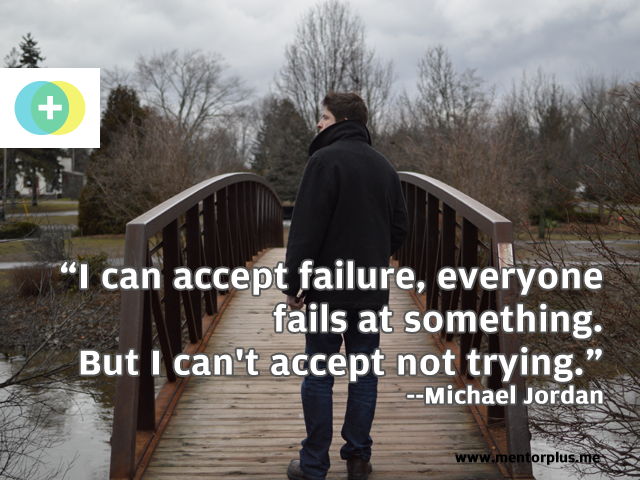I just listened to a talk from one of my favorite inspirational speakers. The talk was about "Doing Business in Deep Waters". The speaker talked about people doing extraordinary things and how to spend your time. If you’re going to do anything great in life there is always going to be opposition, setbacks, delays, and critics. Many people get discouraged because of these things. People will ask themselves “why is this happening to me?” The answer is that you’re breaking new ground because you’re making progress. Those that go into deep waters with big dreams are going to face big challenges. Being in deep waters means that you’re not in the shallow waters with ordinary problems. When you’re in deep waters you’re trying to make a mark... you’re a history maker... you’re a world changer.
You need to know there are always going to be critics, and when you have big dreams you cannot expect ordinary problems. People don't talk about average people; they talk about extraordinary people. So take it as a complement when you are criticized, because it goes with the territory. You may try to move forward but find yourself facing major challenges. This is because you have a major destiny, and because you’re an extraordinary person you will face challenges. The good news is that there are people out there willing to help you with these challenges and help you come through those obstacles. Be selective in how and who you spend your time with. The critics that come against you will only bring you back to shallow waters and waste your time. Don't lose sleep over this, but stay in the deep waters and do what you’re destined to do. Set your face like flint and run your own race.
Often times when we are trying to move forward and overcome obstacles we don't know where to turn. When we reach out for help the challenge becomes getting people to say YES to our request. I am passionate about mentoring and paying it forward by helping those in need. I continue to try to create new ways to help build bridges for those that are looking for help and those that are willing to help. Connecting people has been one of my passions and this is the reason I created a mobile app called Hitch+. Hitch+ will give you the ability to explore daily insightful content, to share advice and easily get connected with great experts.
We are also excited to now have the ability to get you connected with over 10,000 experts through Clarity.fm. Clarity is a community of experts who want to help and have created a better way to scale the delivery of their expertise. If you want to know more about how you can get help or be involved with helping others then read Clay Herbert's article: The New Way to Say No (that's actually yes).
We love to hear from you. Please join us to share your dreams, give and get advice, and connect with great experts. Click on the logo below to find out how.
Getting a Yes for Help
We are also excited to now have the ability to get you connected with over 10,000 experts through Clarity.fm. Clarity is a community of experts who want to help and have created a better way to scale the delivery of their expertise. If you want to know more about how you can get help or be involved with helping others then read Clay Herbert's article: The New Way to Say No (that's actually yes).
We love to hear from you. Please join us to share your dreams, give and get advice, and connect with great experts. Click on the logo below to find out how.

























